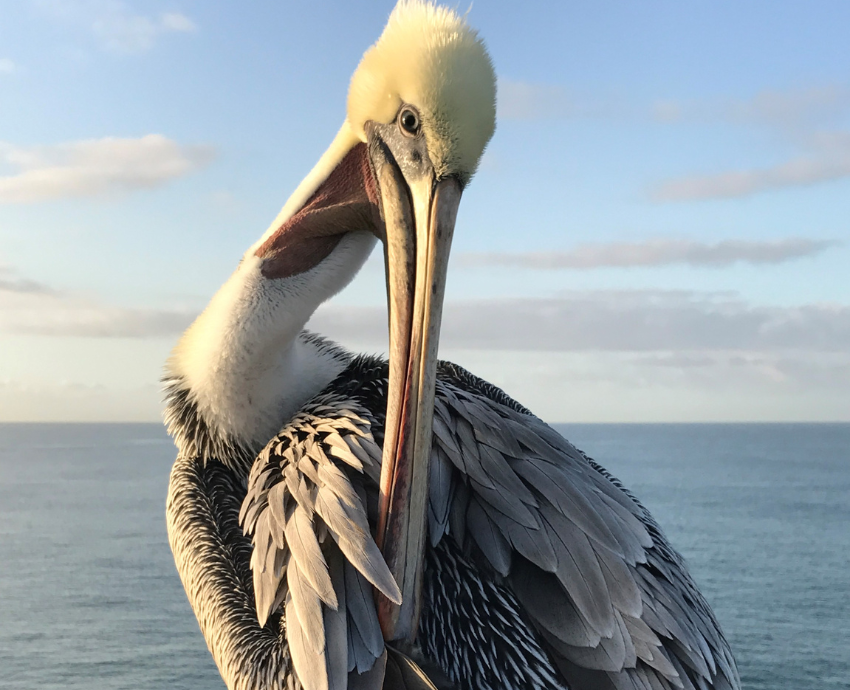
Worldwide, 49% of all wild bird species are in steep decline. BirdLife International’s authoritative report, State of the World’s Birds 2022, estimates that there are now nearly 3 billion fewer wild birds in Canada and the United States than a few decades ago, and about 600 million fewer in the European Union. Less comprehensive data is available for the global south, but studies in some South American, African and Asian countries have shown similar declines.
Many accounts of bird population decline simply list multiple possible causes for the decline — wind turbines, urbanisation, climate change, logging, wildfires, hunting and even domestic cats. The absence of data on which factors are most important has been a convenient excuse for doing nothing to save the birds.
An important study published in the May 15 issue of the Proceedings of the National Academy of Sciences (PNAS) takes that excuse away. Its title clearly states its principal finding: “Farmland practices are driving bird population decline across Europe.” The study “provides strong evidence of a direct and predominant effect of farmland practices at large continental scales.”
This is by far the most extensive study to date of bird population dynamics. More than 50 ornithologists, zoologists, biologists and ecologists analysed decades of population data for 170 bird species in more than 20,000 sites in 28 European countries, measuring them against 4 known pressures on bird populations: agricultural intensification, change in forest cover, urbanisation and temperature change.
Between 1980 and 2016 European bird populations as a whole fell by a quarter, but the number of farmland birds dropped by more than half. Areas dominated by large farms saw bigger declines than areas where most farms are smaller.
The single biggest cause of bird declines is chemical-intensive farming. Some birds are killed by pesticides or herbicides, but the most important impacts are loss of food, especially insects and other invertebrates that most bird species depend on, and the spread of fertiliser-intensive monocultures that eliminate shelter and nesting areas. Insect-eating populations declined more than any others.
In short, the collapse of farmland bird populations is closely related to the “Insect Apocalypse in the Anthropocene”, discussed here recently. The mass slaughter of insects is killing masses of birds.
Industrial agriculture is not, of course, the only driver. Loss of habitat resulting from urban growth and deforestation caused declines, in those areas, of 27.8% and 17.7% respectively. Climate change had mixed effects — northern, cold-preferring birds fell 39.7%, and southern, warm-preferring bird species dropped 17.1%. Overall, however, the most important bird killer is large-scale capitalist agriculture.
The study concludes:
“Considering both the overwhelming negative impact of agricultural intensification and the homogenisation introduced by temperature and land-use changes, our results suggest that the fate of common European bird populations depends on the rapid implementation of transformative change in European societies, and especially in agricultural reform.”
[Reprinted from Climate and Capitalism.]